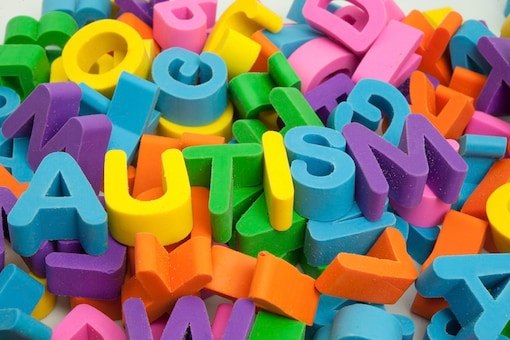World Zoonoses Day 2022: What is zoonosis?
The term zoonoses is derived from the Greek word “zoon”, which means an animal, and “noses” means illnesses, therefore, the word zoonoses refers to infections that are transmissible from a vertebrate animal to humans and vice versa.
According to World Health Organisation, Zoonotic pathogens may be bacterial, viral, or parasitic, and can spread to humans through direct contact or food, water, or the environment.
Zoonotic-related infections have paused major public health threats around the globe due to human relationships with animals, which explains the importance of observing world Zoonoses day.
World zoonoses day is held annually on the 6th of July to raise awareness of these infections.
The day is also meant to honor Louis Pasteur a biologist who on July 6th, 1985 successfully administered the first-ever rabies vaccine to a patient.
The infections are spread via a bite or direct contact with the body fluids of an infected animal.



Some of these zoonotic infections include Rabies, monkeypox, Ebola, Swine flu, leptospirosis, brucellosis, anthrax, rickettsioses, plague, and chikungunya.
They are endemic in tropical regions which are economically challenged.
Symptoms Of Zoonotic Infections
Fever
Muscle and joint pain
Headache
Diarrhea
Fatigue.
Treatment
Sanitization of the wound
Vaccination
Antiviral drugs
Supportive therapy
Antibiotics drugs
Prevention and control
Safe and appropriate guidelines to be applied while handling animals.
Clean drinking water and remove waste materials.
Educating people on proper hand washing after being in contact with animals.
Tags: Who World Zoonoses Day 2022 Symptoms Of Zoonotic Infections


